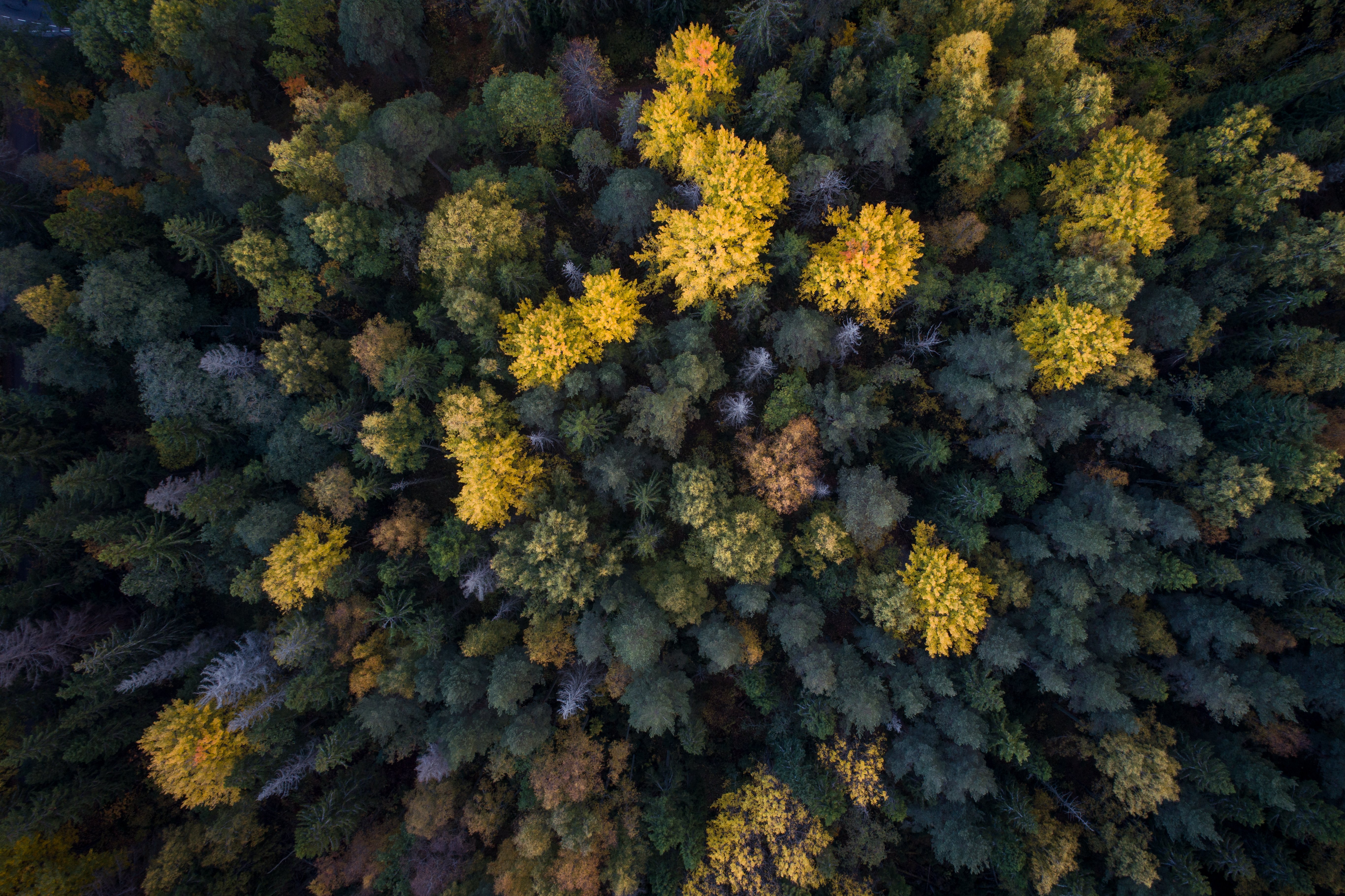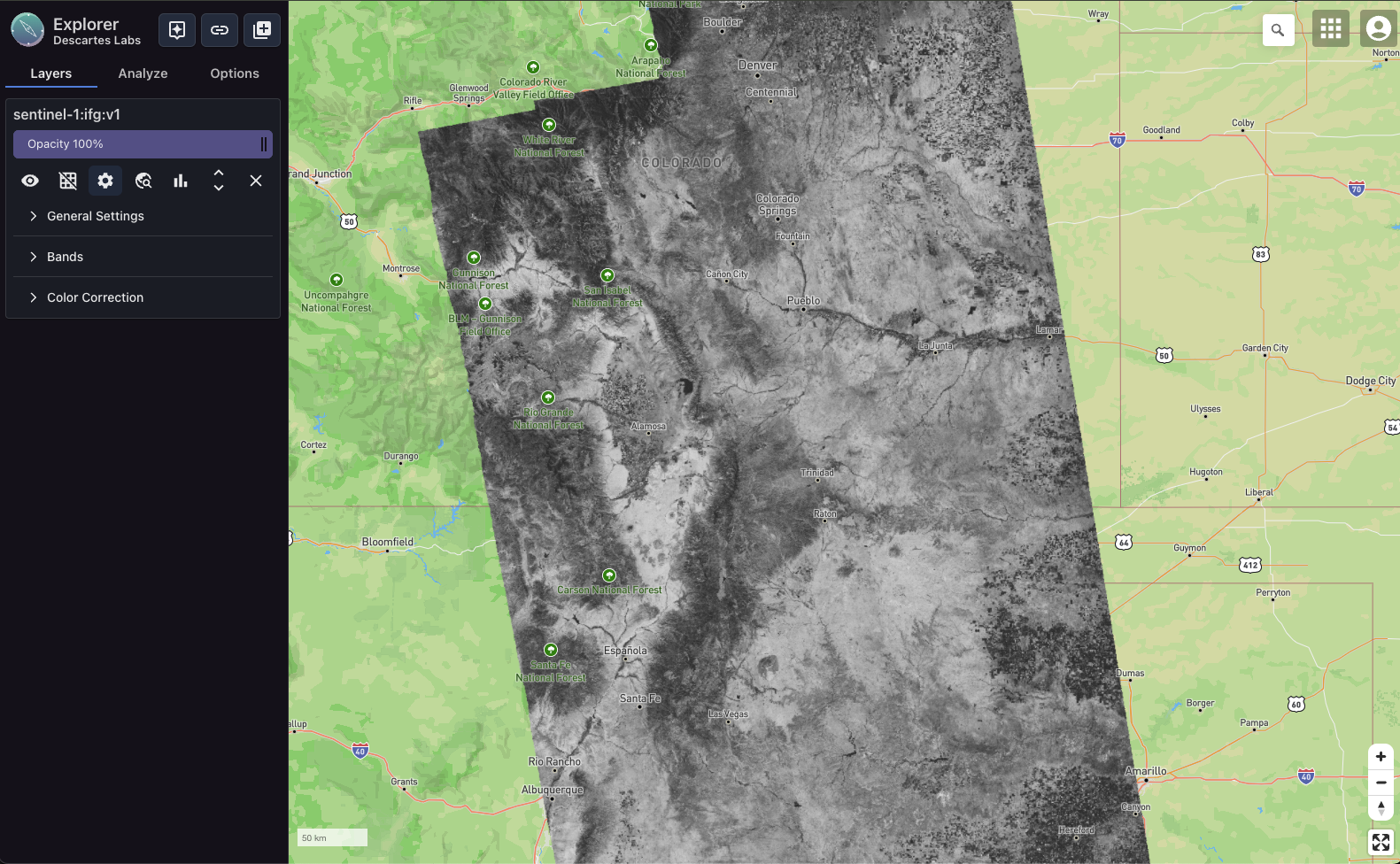EarthDaily Now Live on the Bloomberg Terminal: Bringing Next-Gen Crop Intelligence to Global Markets
EarthDaily is now live on the Bloomberg Terminal, delivering early yield forecasts, NDVI, and expert crop reports powered by satellite and AI analytics.











